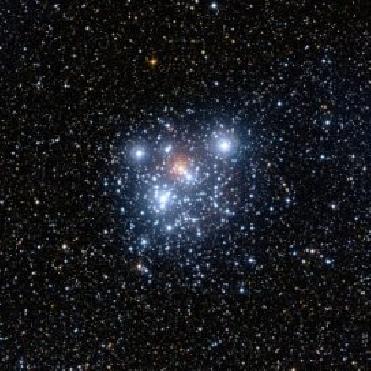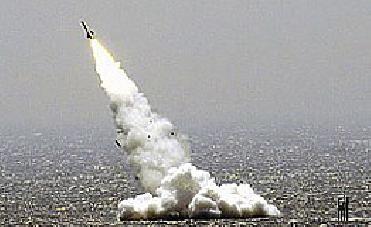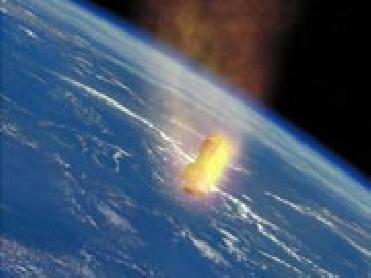
The image shows the Jewel Box star cluster and its rich surroundings in all their multicoloured glory. Image credit: ESO
PARIS (BNS): The ‘Jewel Box’ star cluster, located 6400 light-years away in the constellation of Crux near the Southern Cross, has bedazzled astrophysicists with its stunning images captured by three space telescopes.
Containing thousands of colourful stars loosely bound together by gravity, the bright Kappa Crucis Cluster, also known as NGC 4755, has been popularly called ‘Jewel Box’ because the striking colour contrasts of its pale blue and orange stars resembling a piece of exotic jewellery.
A combination of images taken by European Southern Observatory’s (ESO) Very Large Telescope on Cerro Paranal, the MPG/ESO 2.2-metre telescope at ESO’s La Silla observatory and NASA/ESA Hubble Space Telescope, has allowed astronomers to view the stunning ‘Jewel Box’ in a whole new light.
The position of the star cluster amongst the rich star fields and dust clouds of the southern Milky Way is shown in the very wide field view. This image also includes one of the stars of the Southern Cross, the ESO said.
The large field view shows a vast number of stars, many of which are located behind the dusty clouds of the Milky Way and therefore appear red.
Several very bright, pale blue supergiant stars, a solitary ruby-red supergiant and a variety of other brilliantly coloured stars are visible in the Hubble image, as well as many much fainter ones. The intriguing colours of many of the stars result from their differing intensities at different ultraviolet wavelengths.
The wide variety in brightness of the stars in the splendid cluster exists because the brighter stars are 15 to 20 times the mass of the Sun, while the dimmest stars are less than half the mass of the Sun.
 Previous Article
Previous Article Next Article
Next Article













The Indian Air Force, in its flight trials evaluation report submitted before the Defence Ministry l..
view articleAn insight into the Medium Multi-Role Combat Aircraft competition...
view articleSky enthusiasts can now spot the International Space Station (ISS) commanded by Indian-American astr..
view article